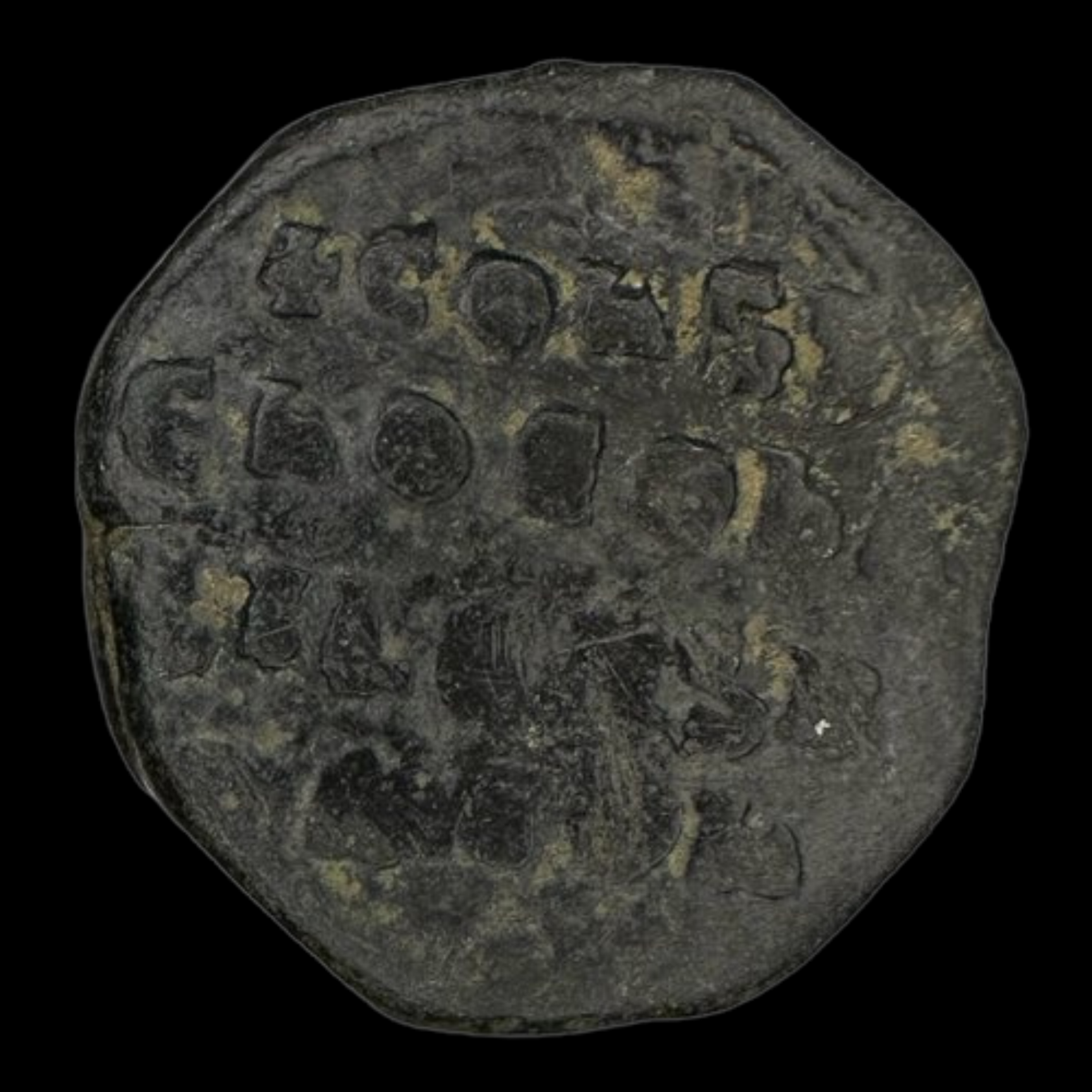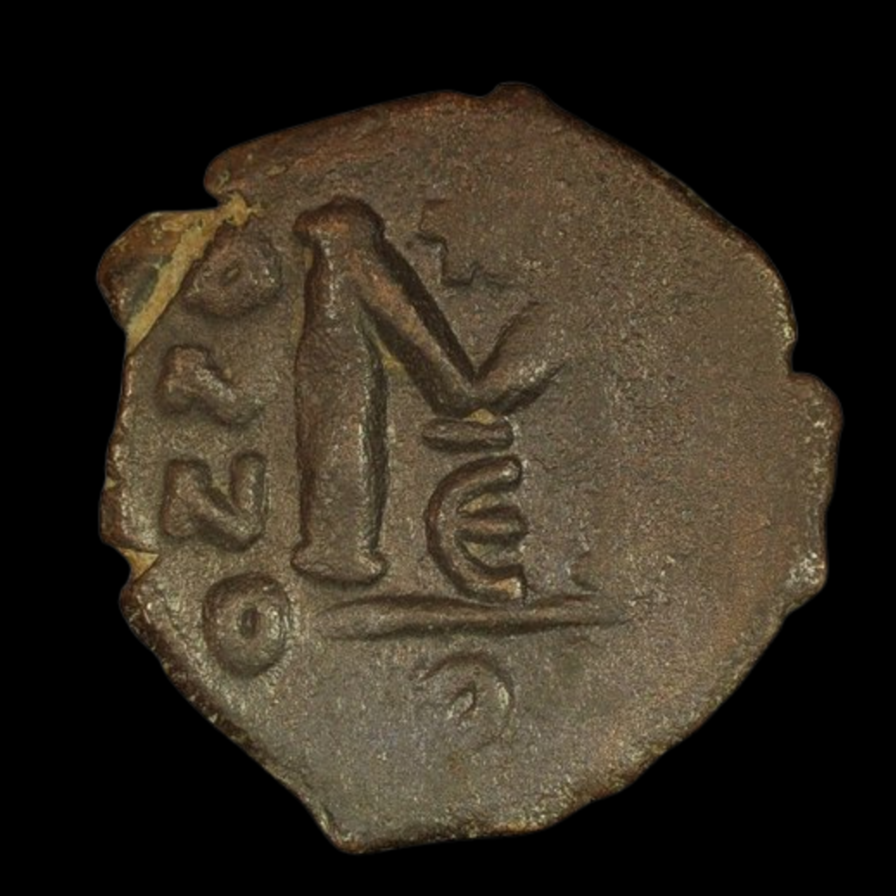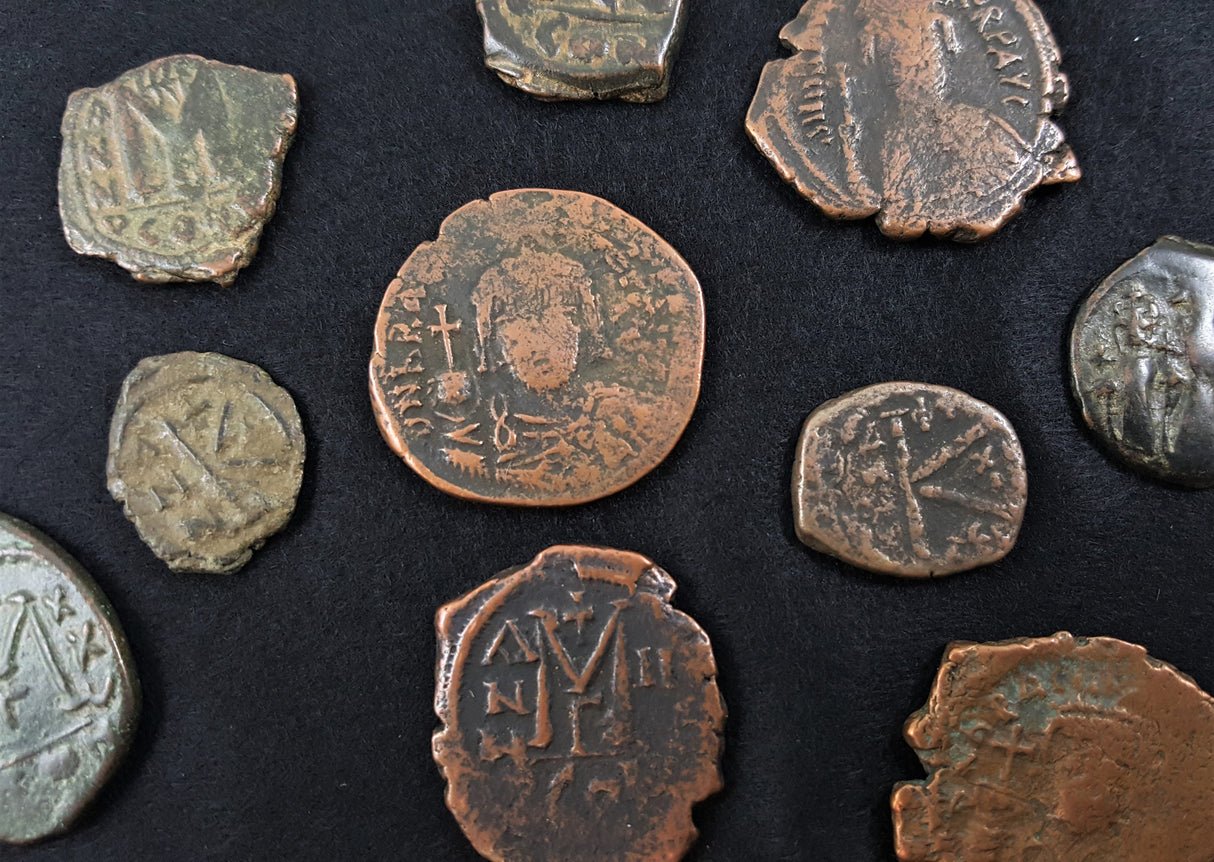 Image 1 of 3
Image 1 of 3

 Image 2 of 3
Image 2 of 3

 Image 3 of 3
Image 3 of 3




Anastasius Roman AE4 (about 1,505-1,535 years ago)
The coins shown are representative examples of the grade and type, but not the actual specimens for sale. For details on NGC’s grading standards and definitions, please refer to our NGC Grading page.
This small bronze coin was issued during the reign of Emperor Anastasius I, who implemented significant monetary reforms that would shape Byzantine coinage for centuries. This coin represents the transitional period between late Roman and distinctly Byzantine imperial styles.
Coin Description:
Front side: Profile portrait of Emperor Anastasius wearing an imperial diadem, with his name and titles in Latin around the edge
Back side: Likely features the denomination mark (numeral) within a wreath, part of Anastasius's standardized system
Technical Details:
Bronze composition (copper alloy)
AE4 denomination (smallest standard bronze coin)
NGC certified (Numismatic Guaranty Corporation)
Minted between 491-518 CE in Constantinople or other eastern imperial mints
Condition: Certified by NGC, specific grade not provided
Historical Significance: This coin represents a pivotal transition in Roman/Byzantine history. Anastasius I is often considered the first truly Byzantine emperor, ruling after the Western Roman Empire had fallen. His major monetary reform standardized bronze coinage by introducing clearly marked denominations, replacing the confusing late Roman system. This reform, along with his administrative improvements and fiscal responsibility, created economic stability that allowed the Eastern Roman/Byzantine Empire to thrive while the west had collapsed.
The coins shown are representative examples of the grade and type, but not the actual specimens for sale. For details on NGC’s grading standards and definitions, please refer to our NGC Grading page.
This small bronze coin was issued during the reign of Emperor Anastasius I, who implemented significant monetary reforms that would shape Byzantine coinage for centuries. This coin represents the transitional period between late Roman and distinctly Byzantine imperial styles.
Coin Description:
Front side: Profile portrait of Emperor Anastasius wearing an imperial diadem, with his name and titles in Latin around the edge
Back side: Likely features the denomination mark (numeral) within a wreath, part of Anastasius's standardized system
Technical Details:
Bronze composition (copper alloy)
AE4 denomination (smallest standard bronze coin)
NGC certified (Numismatic Guaranty Corporation)
Minted between 491-518 CE in Constantinople or other eastern imperial mints
Condition: Certified by NGC, specific grade not provided
Historical Significance: This coin represents a pivotal transition in Roman/Byzantine history. Anastasius I is often considered the first truly Byzantine emperor, ruling after the Western Roman Empire had fallen. His major monetary reform standardized bronze coinage by introducing clearly marked denominations, replacing the confusing late Roman system. This reform, along with his administrative improvements and fiscal responsibility, created economic stability that allowed the Eastern Roman/Byzantine Empire to thrive while the west had collapsed.









